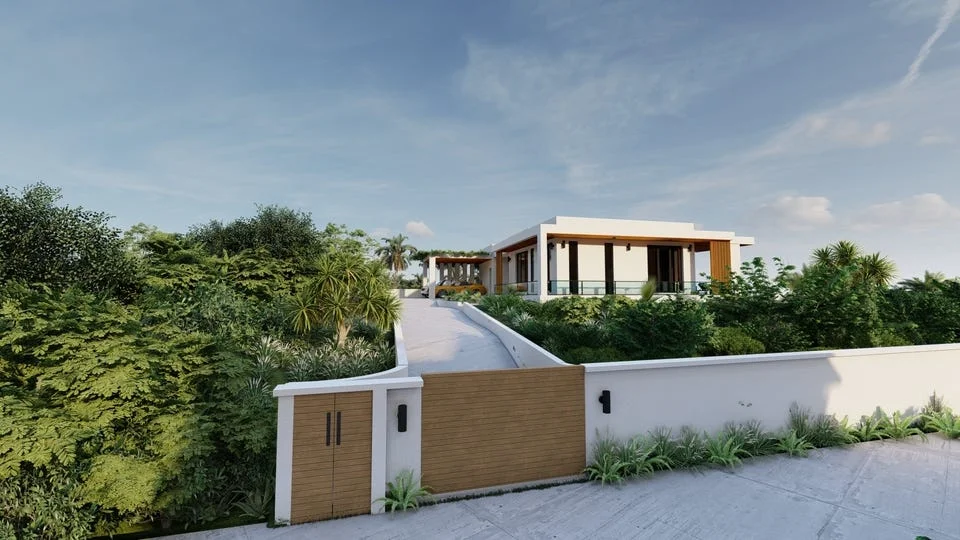Introduction:
In the fabric of human existence, architecture and design stand as pillars of creativity, shaping the spaces we inhabit and the experiences we cherish. Yet, their definitions often elude simple categorization, encompassing a tapestry of ideas, concepts, and practices. What truly lies at the heart of architecture and design, and how do they intersect to craft the world around us? Let’s embark on a journey to unravel the essence of these intertwined disciplines.
1.Exploring the Foundations:
Foundations of Form: Defining Architecture
Architecture, in its purest essence, is the art and science of crafting environments that harmonize with the human experience. It transcends mere construction, weaving together aesthetics, functionality, and cultural context to create spaces that inspire, provoke, and endure. At its core, architecture is about shaping the built environment in ways that reflect our aspirations, values, and collective identity.
2.The Art of Creation: Understanding Design
Design, on the other hand, is the creative process of envisioning and executing solutions to address specific needs or challenges. It encompasses a broad spectrum of disciplines, from graphic and industrial design to fashion and interior design. At its essence, design is about problem-solving, innovation, and expression, imbuing objects, spaces, and experiences with meaning and purpose.
3.Intersecting Realms:
Where Form Meets Function: The Intersection of Architecture and Design While architecture and design are distinct disciplines, they share a symbiotic relationship, each influencing and enriching the other. In architecture, design serves as the vehicle through which spatial concepts are realized, shaping everything from the layout of rooms to the selection of materials and finishes. Conversely, architecture provides a canvas for designers to explore ideas on a larger scale, blurring the boundaries between art, engineering, and human interaction.
4.Context is Key: The Role of Culture and Context in Architecture and Design
Both architecture and design are deeply rooted in cultural context, reflecting the values, traditions, and aspirations of the societies that produce them. Whether it’s the ornate mosques of Istanbul, the minimalist dwellings of Scandinavia, or the futuristic skyscrapers of Dubai, architecture and design are imbued with cultural meaning, serving as expressions of identity and heritage. Understanding this rich tapestry of influences is essential for architects and designers seeking to create spaces that resonate with their occupants.
5.Beyond Beauty: The Functional Aesthetics of Architecture and Design
Aesthetics play a pivotal role in both architecture and design, but they are never divorced from functionality. In architecture, beauty is not merely skin deep; it’s an integral aspect of spatial organization, circulation, and human interaction. Similarly, in design, aesthetics are inseparable from usability, ergonomics, and user experience. The challenge for architects and designers is to strike a delicate balance between form and function, creating spaces and objects that are not only visually appealing but also practical and intuitive.
6.Sustainability in Practice: The Imperative of Responsible Design
In an era marked by environmental challenges, sustainability has emerged as a central concern for architects and designers alike. From green building practices to eco-friendly materials and renewable energy solutions, sustainability is no longer a choice but a necessity. Architects and designers are increasingly called upon to integrate principles of environmental stewardship into their work, creating spaces and products that minimize their ecological footprint and contribute to a more sustainable future.
7.The Digital Frontier: Technology’s Impact on Architecture and Design
The advent of digital technologies has revolutionized the practice of architecture and design, opening up new realms of possibility and experimentation. From computer-aided design (CAD) software to parametric modeling and virtual reality, architects and designers now have powerful tools at their disposal to visualize, analyze, and iterate on their ideas. Digital technologies are not only reshaping the way we design and build spaces but also how we experience and interact with them, blurring the lines between physical and virtual realms.
8.Human-Centered Design: Putting People
First At the heart of both architecture and design is a commitment to human-centered principles, ensuring that spaces and objects are designed with the needs and experiences of their users in mind. Whether it’s designing accessible buildings for people with disabilities, creating inclusive public spaces that foster community interaction, or developing products that enhance quality of life, architects and designers have a responsibility to prioritize the well-being and dignity of all individuals.
Conclusion:
Crafting the Future: The Legacy of Architecture and Design As we navigate the complexities of the modern world, the role of architecture and design becomes ever more vital. From shaping the cities of tomorrow to reimagining the way we live, work, and play, architects and designers hold the power to transform our built environment in ways that enrich our lives and inspire future generations. By embracing innovation, sustainability, and human-centered values, they can forge a legacy that transcends bricks and mortar, leaving an indelible mark on the world we inhabit.




